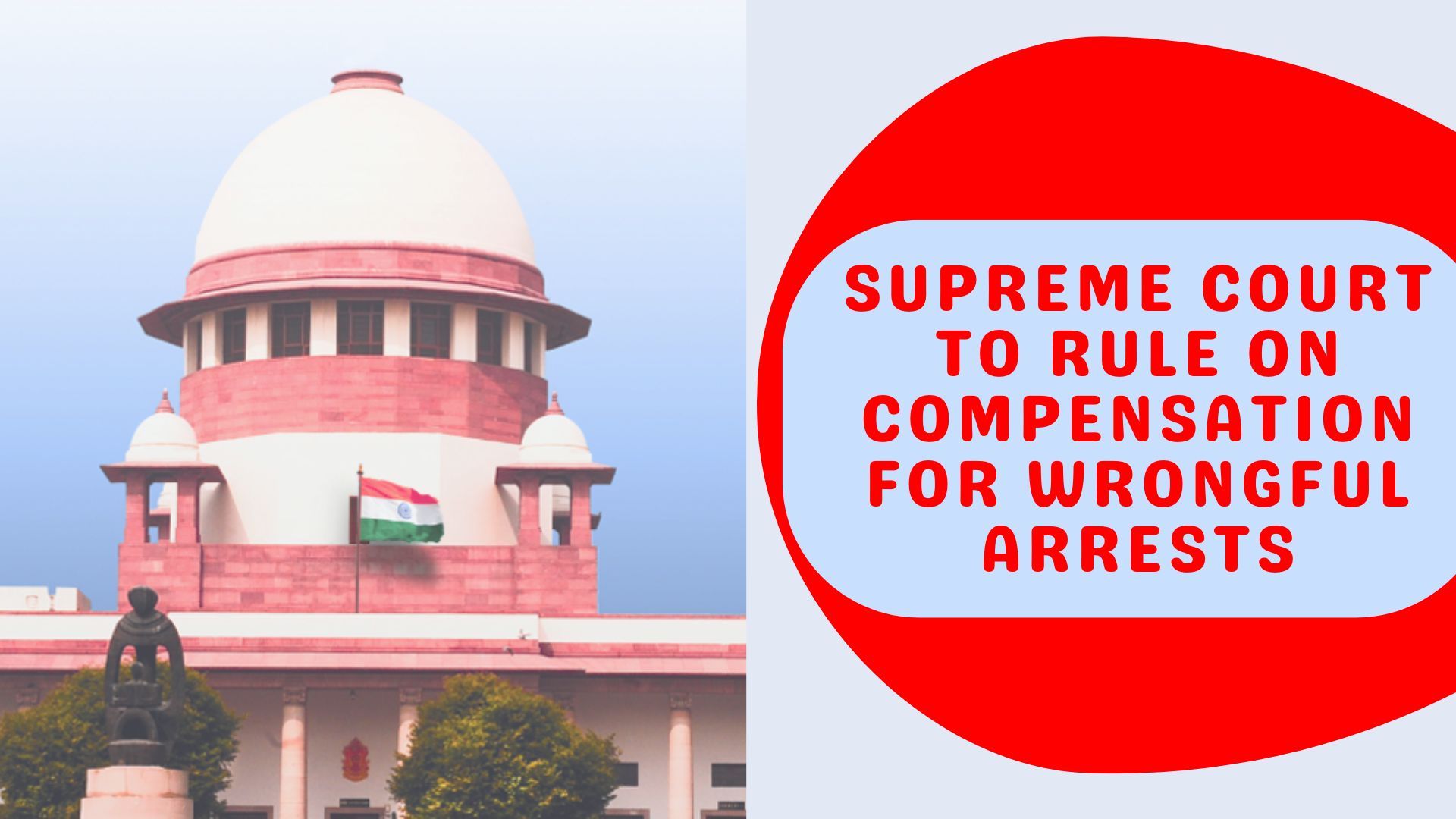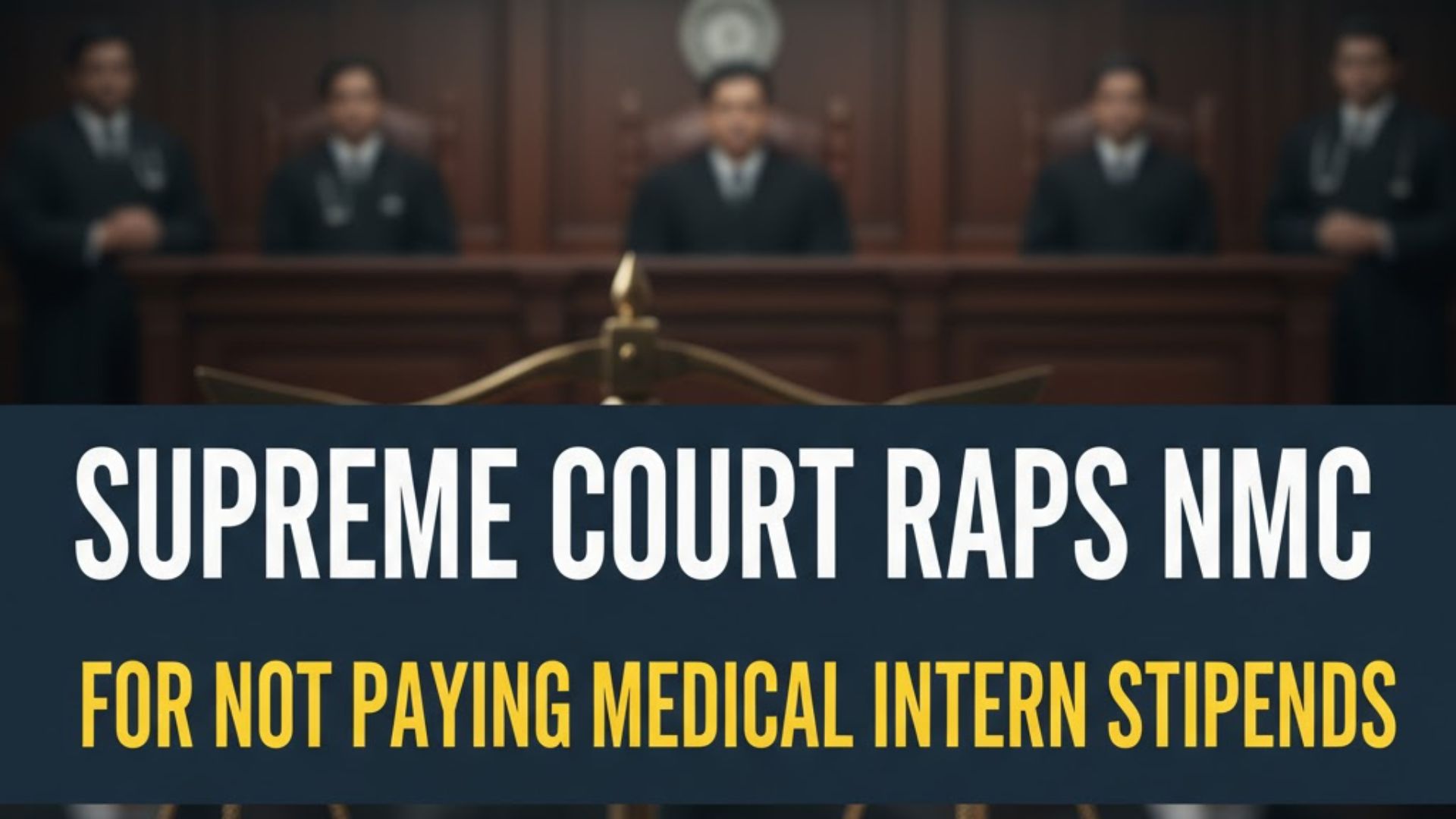1. Present appeal is directed against the judgment and order of conviction passed by the learned Additional Sessions Judge, Greater Mumbai in
Sessions Case No. 888 of 1995 @ 107 of 1997, whereby the learned court below convicted the Appellant for the offence punishable under S. 411 of
the Indian Penal Code and was directed to suffer RI for 2 years and to pay fine of Rs. 5,000/Â, in default of payment of fine to undergo further RI for
6 months.
2. Heard Mr. Bhavesh Thakar, the learned counsel for the Appellant and Mr. Amit Palkar, Additional Public Prosecutor for the State.
3. Appellant is the original accused No. 4. For decision of the present appeal, in my view, following facts are necessary to be mentioned:
(i) After the chargeÂsheet was filed by the investigating officer, the case was committed to the Court of Sessions.
(ii) ChargeÂsheet was filed against in all 11 accused persons. In the chargeÂsheet, Appellant was shown as accused No. 8;
(iii) By charge (Exhibit 6), it is clear that original accused Nos. 3 to 6 were discharged. Thus, Appellant was elevated in the charge from accused No.
8 to accused No. 4;
(iv) By charge dated 7.10.1988, learned Additional Sessions Judge framed charge for the offence punishable under S. 395 against accused Nos. 1, 2,
3, 6 and 7. Similarly, they were charged for the offences punishable under S. 397 read with 34 of Indian Penal Code. Accused No. 3 was charged for
the offence punishable under S. 324 of IPC, accused Nos. 1, 2, 3, 5, 6 and 7 were also charged for the offence punishable under S. 451 r.w. 34 of
IPC. Appellant / accused No. 4 was charged only for the offence punishable under S. 411 of IPC.
4. In short the prosecution case is that accused Nos. 1, 2, 3, 6 and 7 alongwith accused No. 5 on 2.3.1995 in furtherence of their common intention
barged themselves at Shop No. 2,  N. D. Oza & Sons, Khatawadi, Goregaonkar Lane, Girgaon, Mumbai and at that time, they were holding
choppers and revolvers in their hand. Those accused persons were holding deadly weapons and put the complainant and other prosecution witnesses
present there under fear of those deadly weapons and committed robbery.
5. In order to bring home guilt of accused persons, the prosecution has examined in all 13 witnesses, including 5 eye witnesses.
6. After a full dress trial, the learned judge of the court below vide impugned judgment acquitted accused Nos. 1, 2, 3, 5, 6 and 7 from all offences, for
which they were charged. Though they were acquitted, no State appeal was filed questioning their acquittal.
7. It is accused No. 2 and accused No. 4, the present Appellants were convicted for the offence punishable under S. 411 of IPC. It appears that
accused No. 2 had already undergone the jail sentence and that may be the reason for not filing his appeal before this Court.
8. The charge against Appellant (accused No. 4) was that he received the stolen property and thereby committed offence punishable under S. 411 of
IPC.
9. Though 13 witnesses were examined by the prosecution. For considering the case against the Appellant, only 2 witnesses are relevant. They are
PW 4 Radhesham Rajpurohit and PW 5 M. Kureshi and documentary evidence in the nature of panchanama under S. 27 of the Indian Evidence Act,
(Exhibit 23).
10. PW 5 Muzaffar Husain Qureshi is a panch, and according to the prosecution, in his presence, the Appellant made a disclosure statement and led
the police party to the shop of jeweller of PW 4 Rajpurohit, from where golden bracelet was recovered.
11. According to the learned counsel for the Appellant, except aforesaid 2 prosecution witnesses and their testimony, there is no iota of evidence
against the Appellant. The learned Additional Public Prosecutor was also unable to point out any other evidence to bring home guilt of the Appellant
under S. 411 of IPC.
12. As per the evidence of PW 5 Qureshi, one police constable had come at his home on 10.4.1995 and asked him to come to the police station.
There, he was introduced to the Police Inspector Mr. Ansari and another police officer PSI Patil. After some time another panch witness came there
and idea was given to them that the police party had arrested one accused and they were to recover something from the said accused and for that
they were requested to act as panch. As per the evidence of PW 5 Qureshi, police brought one more person More, i.e. present Appellant and in his
presence the Appellant gave statement that he would be showing one bracelet from one shop of the jeweler, and thereafter they proceeded to the
shop of the said jeweler. The jeweler is examined as PW 4 Rajpurohit. As per his evidence, Appellant sold one gold bracelet to him about one month
prior to the date of visit of police party to his shop and said bracelet was produced by him, which was seized.
13. Thus, in the entire prosecution case, the only evidence against Appellant is that he gave a memorandum statement and led the police party to the
shop of PW 4 from where bracelet was recovered. According to the learned Judge of the court below, this discovery and recovery was on record and
the Appellant was unable to give any explanation. Therefore, it must be said that Appellant is receiver of the stolen property. The learned Judge
himself has ruled that besides this, there is no other evidence for any other offence.
14. For bringing home guilt of the person under Section 411 of IPC, the prosecution has to prove the following ingredients:
(i) that the stolen property was in possession of the accused;
(ii) that some person other than the accused had possession of the property before the accused got possession of it; and
(iii) that accused had knowledge that the property was stolen.
In fact these three ingredients are found to be affirmed in paragraph 260 of the authoritative pronouncement of Hon’ble Apex Court in Mir
Nagvi Askari Vs. C.B.I.Â
15. In the present case, it is not the case of the prosecution at all that at the time of committing loot, Appellate was present in the shop where the
incident has occurred alongwith other accused persons.
16. From the evidence of prosecution, it is crystal clear that the property, viz. golden bracelet was not found in possession of the Appellant when he
was apprehended. On the contrary, the prosecution evidence shows that the said bracelet was recovered from the shop of PW 4 Rajpurohit.
17. What is important to note is that the entire prosecution case is totally silent as to how the golden bracelet came in possession of the Appellant.
Assuming for the sake of arguments, the stolen property was sold by the Appellant to PW 4 Rajpurohit as per his claim, it was obligatory on the part
of the prosecution to prove that prior to sell to PW 4 Rajpurohit, the gold bracelet was given in possession of the Appellant and at the time when the
Appellant obtained possession, he was knowing that the said golden bracelet was stolen property. If all these ingredients were satisfied, then only it
could have been said that the Appellant was receiver of the stolen property. However, the prosecution has not examined any witness as to at what
point of time, Appellant came in possession of the gold bracelet and from whom, and at that time he was knowing that it was a stolen property. Thus,
in my view, the basic ingredients of Section 411 of IPC were not fulfilled, and therefore, the court below has committed error in convicting the
Appellant for the offence punishable under S. 411 of IPC.
18. The learned Judge of the court below has relied upon the memorandum statement of the Appellant (Exhibit 23). The admissible portion of the said
memorandum statement reads as under :
“eh o fo'okl vls nks?kkauh feGwu ekÖ;k vksG[khpk lksukj eksuhdk TosylZ] dkGkpkSdh ;sFks fodzh dsys vkgs- rs nqdku o T;kus lksU;kps dMs
[kjsnh dsys rks nqdkukrhy ek.kwl eh nk[kforks ekÖ;k cjkscj pyk-â€
From the evidence of panch witness PW 5, I have my own doubt to place any reliance on this memorandum statement, since in my view, it lacks
voluntariness. In the crossÂexamination, PW 5 panch witness has admitted, and which is reproduced hereinbelow:
“... When the accused was brought before me, he was in handcuffs. While going to that shop and leaving P. Stn., the accused was freed not under
the handcuffs. I am not sure whether he was under handcuff while making statement.â€
From the aforesaid, it is crystal clear that when the Appellant was brought before the panch witness for making his statement, he was handcuffed.
Not only that evidence of panch witness is totally silent about the handcuffing, and in fact, he is not deposing in positive manner that Appellant was not
handcuffed from making this statement.
 19. In this behalf, the Division Bench of this Court (Coram: H. Kantharia & V. Sahai, JJ. ) in Deoraj Deju Suvarna & Etc. Vs. Statement of
Maharashtra  1994 CriLJ 3602, 36022 has ruled as  under:
“... we find that in the recovery memo Exhibits 25 and 25A, it is mentioned that his left hand was handcuffed. This being the position it cannot be
said beyond reasonable doubt that the recovery was voluntary and not the result of duress, threat or pressure by the police authorities. Recoveries
made while accused are hand cuffed, in our opinion, can be said to be violative of fundamental right enshrined in Article 20 of the Constitution of
India.â€
20. Apart from the positive statement made by PW 5 Panch witness that the Appellant was handcuffed even contemporious document also recites in
that behalf.
21. In view of the aforesaid, it is crystal clear that the court below ought not to have readily relied upon such statement, which led the police party to
the shop of PW 4 Rajpurohit. Further, from the evidence of PW 5 Qureshi, it is crystal clear that when the bracelet was taken in charge from the shop
of PW 4 Rajpurohit, it was not sealed. As per the evidence of PW 5, in his presence Appellant made statement that he and his friend Vishvas had
gone to the shop of PW 4 and kept the article there. This particular evidence is contradictory to the evidence of PW 4 Rajpurohitt, who claims that he
purchased the golden bracelet from the present Appellant.
22. In view of the aforesaid discussion, in my view, it is very dangerous to play with liberty of the citizen. Consequently,
I am required to pass the following order:
(i) Appeal is allowed;
(ii) The impugned judgment and order of conviction of Appellant (accused No. 4), dated 30th September, 1999 passed in Sessions Case No. 888 of
1995 @ Sessions Case No. 107 of 1997 is hereby quashed and set aside, and he is acquitted of the offence punishable under S. 411 of the Indian
Penal Code;
(iii) Fine amount, if any paid by the Appellant, be refunded to him forthwith;
(iv) His bail bond stands cancelled;

